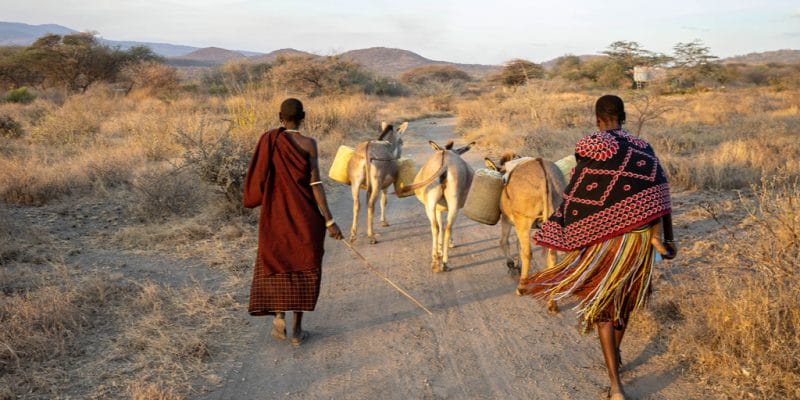Digging semi-circular pits in the ground would be beneficial in case of rain, because in times of flood, water accumulates instead of evaporating quickly from the dried-out soil. This is something that the people of Arusha have understood. In this emblematic city located in the east of Tanzania, Justdiggit, a Dutch-Kenyan non-governmental organization (NGO), accompanies the populations in the fight against desertification.
In a few months, more than 200,000 pits have been dug as part of an initiative to combat desertification in Tanzania.
Several grass seed banks have also been established. The initiative has inspired reforestation among communities with nine million trees planted using the natural regeneration method used by local farmers.
The project launched in 2013 aims to restore about 130 million hectares of degraded land by 2030, thanks to funding from international partners such as the German foundation The Food Family. These actions will ultimately increase pasture and arable land for people.
“Grass seeds are sown in “diguetids”. As they germinate, they bind the soil, preventing erosion and keeping it fresh. In this way, more greenery can take root in the surrounding soil,” explains the team from Justdiggit, a Dutch-Kenyan non-governmental organization (NGO) that supports people in the fight against desertification.
In Tanzania, the effects of climate change, particularly prolonged droughts, have weakened pastoral activity in most regions in recent years.
The frequency of drought episodes
Since the beginning of 2022, a prolonged dry spell has already caused the death of at least 62,000 animals, including cattle, sheep, and goats in Simanjiro in Manyara Region. The lack of water and grazing grass has exacerbated the situation, causing the displacement of many herders from this Tanzanian locality to neighboring East African countries, such as Kenya.
Read also-EAST AFRICA: European Union provides $56 million in aid for drought relief
A few years earlier, a severe drought hit the semi-autonomous Tanzanian island of Zanzibar. It destroyed nearly 4,000 hectares of cereal crops and decimated 50 head of livestock. Many local residents were forced to slaughter their cows, selling the carcasses for $150 instead of $350. This situation has caused food shortages in some households.
Benoit-Ivan Wansi





